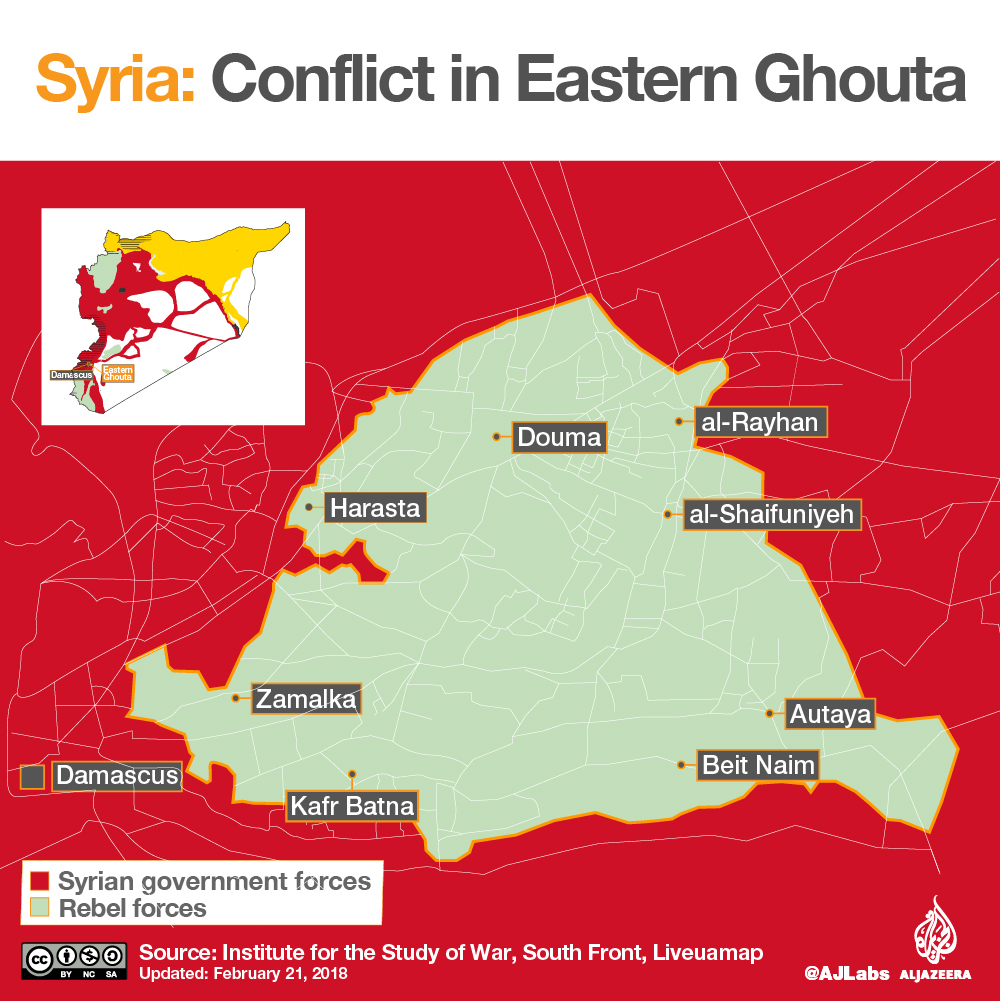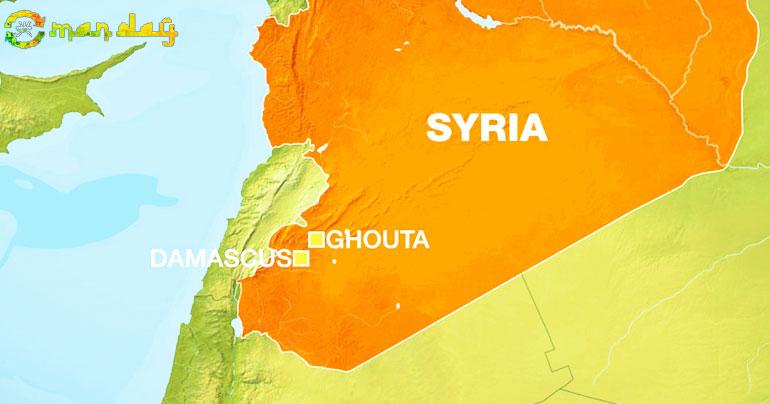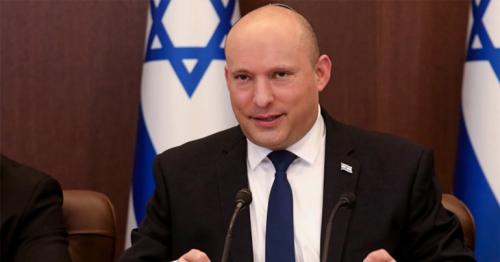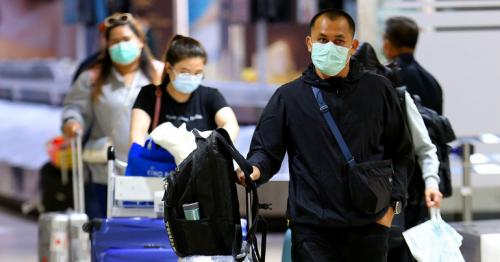Eastern Ghouta: What is happening and why
What is happening?
Siege: Eastern Ghouta has been under siege by the Syrian government since 2013, and is the last rebel stronghold near the capital.
De-escalation zone: Turkey, Russia and Iran agreed in 2017 to designate Eastern Ghouta a "de-escalation zone", in which Syrian and Russian fighter jets were expected not to fly.
Relentless bombing: On Sunday, February 19, Syrian forces backed by Russian warplanes escalated the offensive on Eastern Ghouta with a relentless bombing that killed hundreds of people within days. Amnesty International said it amounted to war crimes.
UN resolution: On February 24, the UN Security Council - including Russia - voted in favour of a resolution calling for a 30-day ceasefire that excludes operations against said "terrorists" groups.
One of the excluded groups, Jabhat Fateh al-Sham (formerly known as al-Nusra Front) has a presence in Eastern Ghouta, as stressed by Russia.
Other rebel groups including Jaish al-Islam, Faylaq al-Rahman and Ahrar al-Sham addressed the UN with a letter saying that they support the expulsion of the Jabhat group from Ghouta.
Ground offensive: On February 25, Syrian forces launched a ground offensive targetting areas on the edges of Eastern Ghouta to enable their ground forces to advance.
Evacuation: Starting from Tuesday, February 27, civilians were supposedly offered to flee Eastern Ghouta through a "humanitarian corridor" during a daily five-hour pause announced by Russia.
Humanitarian aid
The first aid convoy to enter Eastern Ghouta was on March 5. Russia's foreign minister had blamed the "militants entrenched there, who still continue shelling Damascus, blocking aid deliveries and the evacuation of those wishing to leave".
The Russian Reconciliation Center for Syria had announced a second humanitarian convoy for Thursday, March 8, but then on Thursday it was postponed amid heavy shelling.
The International Committee of the Red Cross also confirmed that the Syrian troops confiscated medical equipment bound for the enclave.
Why Eastern Ghouta?
Capital nearby: Eastern Ghouta is about 10km east of central Damascus. Being so close to the capital makes it important for the Syria government to reclaim the area from the rebels.
As of March 4, government forces seized a number of districts including Al-Nashabiyeh and Otaya and have reached the centre of the besieged enclave to the edge of Beit Sawa and the outskirts of Mesraba, in central Ghouta.
The 104-sq km district is home to about 400,000 civilians, half of whom are under the age of 18.
Ongoing war: On March 15, the civil war in Syria will enter its eighth year, with more than 465,000 Syrians killed and over 12 million displaced from their homes.

Death toll: 931 civilians have been killed in Eastern Ghouta over the past 19 days, according to the death toll compiled by the Syrian Observatory for Human Rights on March 8.
This includes 195 children and 125 women killed.
Chlorine gas: Syria's Civil Defence rescuers said victims in Eastern Ghouta were showing symptoms "consistent with exposure to toxic chlorine gas".
Russian Foreign Minister Sergey Lavrov described allegations of gas use as "bogus stories".
Truce violations: At least four civilians have been killed on the first day of the "dishonest" truce, local activists reported.
Syria's state news agency SANA says that "terrorists" are using civilians as human shields and fired rockets on the "safe corridor" that was supposed to allow for the evacuation of civilians.
tag: internationalnews , legal
Share This Post






